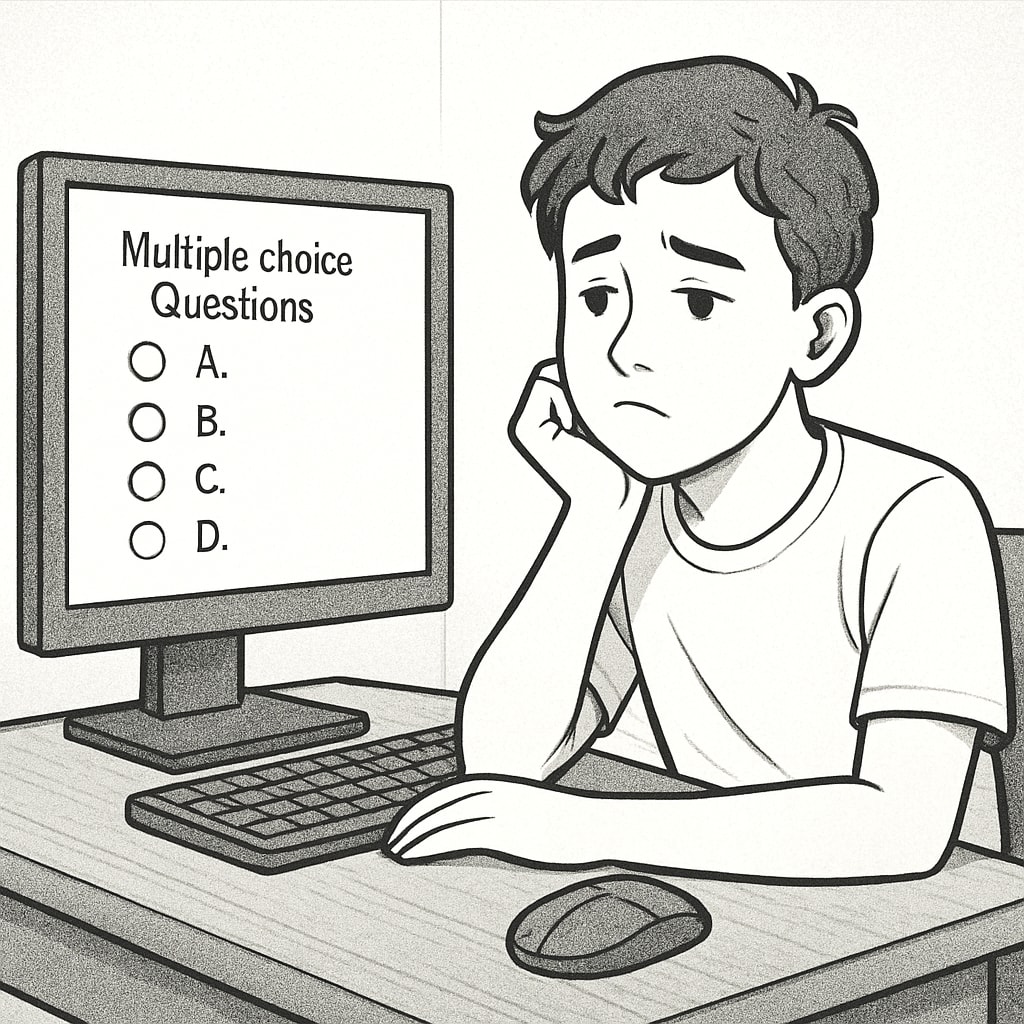The integration of educational technology, critical thinking, and tools like Chromebooks is revolutionizing classrooms worldwide. Teachers now have access to dynamic software, personalized learning platforms, and instant assessments, which undeniably enhance efficiency. However, this rapid adoption raises an important question: Are these tools unintentionally stifling students’ critical thinking and independent exploration?
The Efficiency Boom in Education Technology
Educational technology, or EdTech, promises to streamline the learning experience. With tools like Chromebooks, students can access a wealth of resources at their fingertips. Platforms such as Google Classroom allow teachers to assign, track, and grade tasks efficiently, ensuring no student is left behind. Moreover, adaptive learning software provides personalized content tailored to individual student needs, making lessons more engaging.
For example, a 2021 report from Britannica highlights how EdTech has shortened the time needed for administrative tasks, allowing educators to focus on direct instruction. In addition, gamified learning apps motivate students through interactive quizzes and challenges, fostering immediate feedback and collaboration. However, this reliance on efficiency-driven tools may come at a subtle, long-term cost.

The Decline of Critical Thinking Skills
While EdTech fosters efficiency, it may inadvertently undermine critical thinking. Critical thinking involves analyzing, evaluating, and synthesizing information to solve complex problems. However, pre-packaged digital content often feeds students ready-made answers, discouraging them from questioning or exploring alternative viewpoints.
In addition, the constant use of guided platforms can limit opportunities for students to engage in open-ended tasks. A study published by Wikipedia on critical thinking emphasizes the importance of ambiguity and problem-solving in developing these skills. Yet, if students are consistently directed to one-click solutions, their ability to evaluate nuanced arguments or construct original ideas may suffer.
For instance, tools like Chromebooks often prioritize structured assignments over unstructured exploration. This approach risks creating “checkbox learners” who complete tasks efficiently but lack deeper intellectual curiosity.

Striking a Balance: Efficiency versus Exploration
To reconcile the tension between EdTech efficiency and critical thinking development, educators must strike a careful balance. Here are some strategies to consider:
- Incorporate Open-Ended Projects: Allow students to work on assignments that require independent research, analysis, and creativity. These tasks challenge them to go beyond predefined solutions.
- Encourage Socratic Dialogue: Use classroom discussions to foster debate and exploration of multiple perspectives, which digital platforms cannot replicate.
- Blend Digital and Analog Techniques: While Chromebooks are effective for certain tasks, traditional methods like brainstorming on paper or group problem-solving can nurture critical thinking.
- Teach Digital Literacy: Help students evaluate the credibility of online sources and navigate information critically instead of passively consuming content.
By integrating these approaches, educators can use technology to enhance learning while ensuring students retain essential analytical and exploratory skills.
Conclusion: The Future of Learning
As EdTech continues to evolve, tools like Chromebooks will remain central to modern education. Yet, the challenge lies in using these innovations wisely. Teachers must ensure that the quest for efficiency does not overshadow the cultivation of critical thinking. After all, the ultimate goal of education is not just to complete tasks but to nurture curious, thoughtful, and independent learners equipped to navigate a complex world.
Educational technology, critical thinking, and tools like Chromebooks are not inherently at odds. With a balanced approach, they can complement rather than contradict each other, fostering both efficiency and intellectual growth in the digital classroom.
Readability guidance: Use concise paragraphs and lists to summarize key points. Ensure smooth transitions between sections and maintain a clear focus on the balance between EdTech efficiency and critical thinking development.


